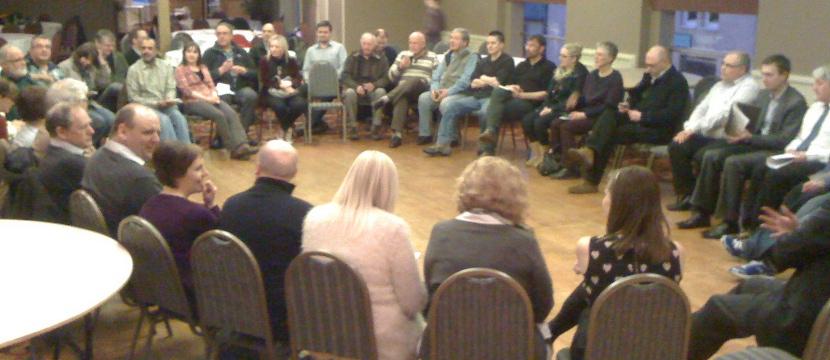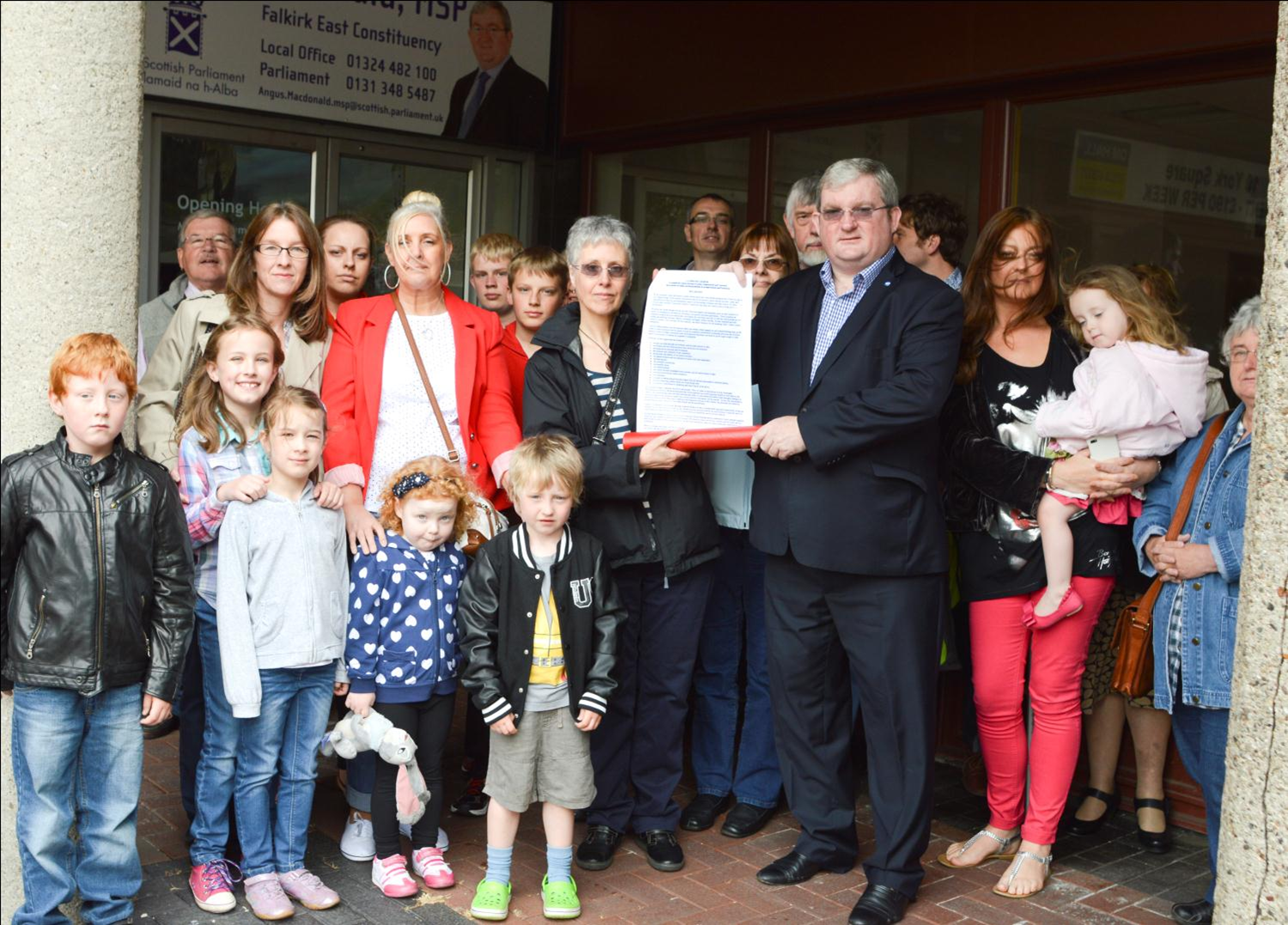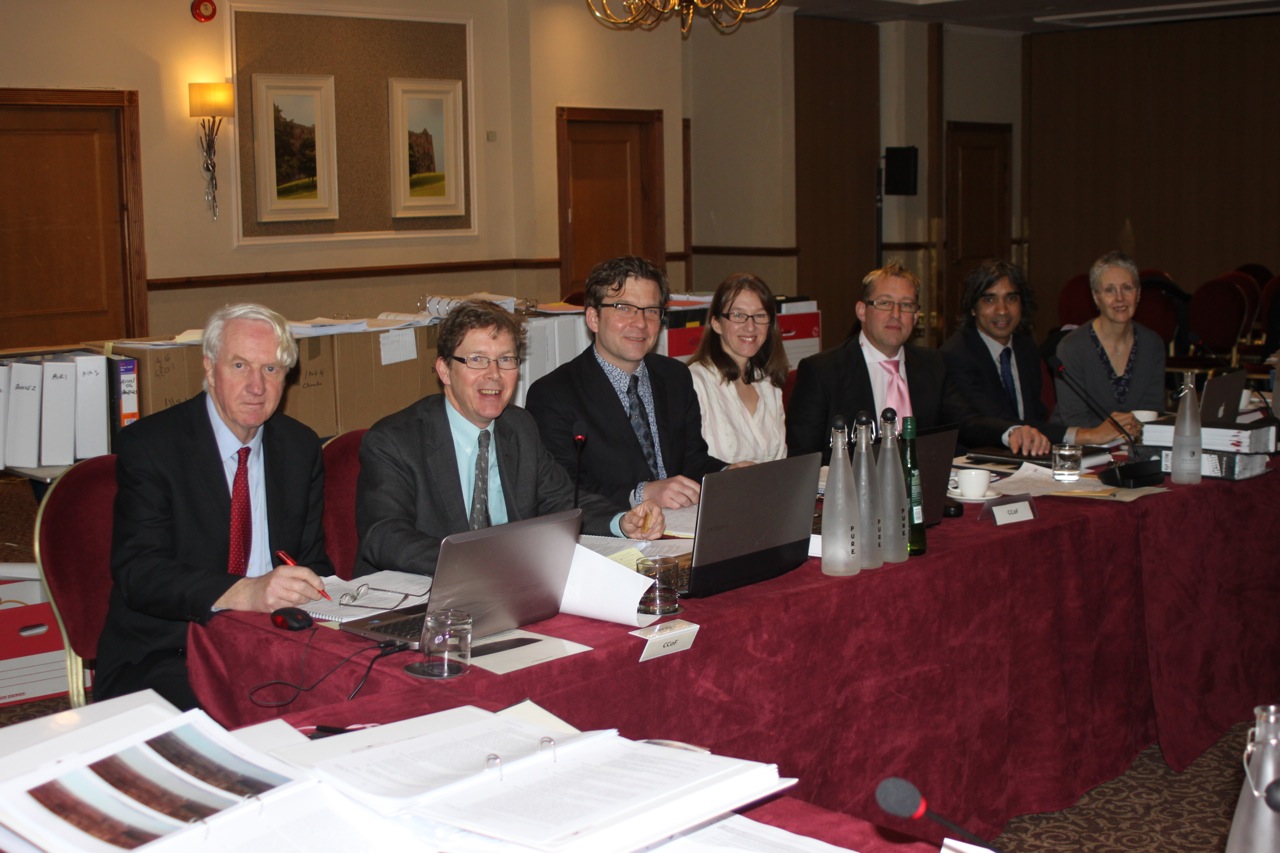Positive Change using Biological Principles, Pt 4: Principles in Action
Welcome to the final part in our series about social change strategy.
In part 1, we proposed a “Campaign Complex” comprised of four “biological” Principles – Equilibrium, Agency, Equanimity and Energy Conservation – which might account for some common challenges experienced by change agents. We outlined some strategies for successful campaigning suggested by these Principles.
In part 2, we proposed and discussed a “missing” fifth “Community Principle” implied by the other four, and suggested that some technologies – particularly transport and communications – may have facilitated its disintegration, by enabling “Agency” to bypass the constraints of geographical community.
In part 3, we discussed the benefits and costs associated with freedom from the “Community Principle”. We postulated that, ultimately, cultural and personal costs outweigh the benefits, and that resulting vicious circles may underpin and reinforce common campaigning bugbears.
In this final part, we will outline a Case Study which illustrates some of the positive characteristics of the Campaign Complex, particularly the Community Principle. We also propose the control parameters responsible for the re-emergence of the Principle in this context, and the implications it could have for change-oriented organisations.
Reactivating the Community Principle
In recent years, communities around the world have begun to exhibit a profound collective response to environmental crisis and encroachment by harmful industrial development.
This has frequently been sparked by onshore unconventional gas development (“fracking”, coalbed methane or coal seam gas, and underground coal gasification). Notable exemplars include the Community Bill of Rights Movement in the USA, and the “Lock the Gate” Alliance in the Northern Rivers region of New South Wales, Australia.
One such case, of which Arkadian has first hand experience, is the Falkirk Against Unconventional Gas campaign. This began in September 2012, when residents of a Scottish community received notification of a proposal by Dart Energy to extract coal bed methane near their homes – the UK’s first application to commercialise the Dash-for-Gas.
Fragmented information-sharing initiatives by community councils and local residents soon coalesced into a series of general public meetings. Here, individual concerns about impacts on health and property values evolved into a general concerns about a common threat to community Equilibrium and Equanimity.
Meetings were supported by structured group decision-making and independent third-party facilitation. These processes complemented the Agency Principle by enabling a diverse group of residents to pool individual expertise and share equal ownership of outcomes.
The collective response emerged in the form of two groundbreaking documents.
The first was a pro-forma objection letter – the Community Mandate – which began with the community’s visions of 20yrs in the future – one born from local council policy and residents’ aspirations, and the second, what the area might look like if the industry rolled out. It also set out residents’ evidence for suspected risk and their own minimum requirements for its assessment and regulation.
3 months later, over 2500 had been signed and submitted, including representation by over 80% of some affected villages.
A group of residents, each with modest door-knocking goals (satisfying the Energy Conservation Principle) in a short time achieved the biggest response to a planning application in the history of the local authority.
The second document – the UK’s first Community Charter – wholly redefined the narrative from “fighting against” to “fighting for”. Drawing from the Mandate’s positive vision, the Charter set out those shared assets, values and aspirations – termed “Cultural Heritage” – which were agreed by consensus to be fundamental to local health and well-being.
Assets, agreed unanimously, included the goal of a clean and safe environment, the healthy development of children, the sanctuary of the home, the diversity and stability of the local ecosystem, the resilience and continuity of the community. and trust in elected representatives.
The Charter also set out the community’s basic right and responsibility to safeguard and improve their “Cultural Heritage”, in order that they could pass it onto future generations in a better state than they inherited it.
This provided a remarkably detailed and concrete definition of that notoriously slippery term: “sustainable development”. It also illustrates that it’s only really meaningful if delineated and maintained by general consent at a local level.
This broadening of “Cultural Heritage” to encompass the fabric of interrelationships that creates community, including both tangible and intangible assets, also finds support in the Council of Europe Framework Convention.
The Charter has since been adopted by 3 local Community Councils, half of all Local Authority Councilors and an ever-growing number of local farmers and residents. It was also recognised by Scottish Government as requiring a special session in the recent public inquiry to decide the application, the UK’s first in relation to the Dash-for-Gas. Here, and in later Hearing sessions (see below), local residents, farmers and councilors gave evidences about the impact of the development on their aspirations and experience.
Regardless of the outcomes of this public inquiry, nothing seems more likely to succeed, ultimately, than a community thinking and acting together to protect the shared fundaments of its Equilibrium and Equanimity.
And the Control Parameters?
1) A COMMON THREAT (AND PURPOSE) PERCEIVED;
2) A vision of what true Equilibrium and Equanimity look like (set out in the Community Mandate and Charter);
3) A few souls brave enough to cold-call an unknown neighbour;
4) Simple processes which supported collective assessment and decision-making (Agency Principle); and
5) Modest collective goals and successes at the outset (Community and Energy Conservation Principles).
That’s all!
It didn’t take much for people to feel re-empowered by the wisdom and the scale of what could be achieved together, and why this was important. Negotiating a diversity of perspectives has involved conflict and compromise (neither much appreciated by “Agency”), but the compensations have been more than worth the pain – collective vision and support, social learning, and novel opportunities for individual expression, powerful friendships, and fun.
Moreover, though Part 2 suggested some technologies facilitated the disintegration of Community, the same technologies here have played an invaluable role in maintaining strategic communications among residents, and with other community groups and experts across the globe. The technology itself is neutral and while it may offer “Agency” easy routes to self-satisfaction, in the service of collective purpose it has been a powerful mechanism to support face-to-face activities.
To conclude, in this light perhaps unconventional gas could represent a genuine opportunity for the UK, and not the one espoused by the industry and Government? The Dash-for-Gas represents a clear and immediate threat to thousands of communities. Unquestionably, costs at a local level outweigh the benefits. Two thirds of the UK are earmarked for exploitation.
Thus, key control parameters necessary for re-activating the Community Principle seem present and on an extensive scale. If the response by Falkirk, Canonbie, Balcombe, Fenhurst, Barton Moss, and many many others communities across the UK and the world, are harbingers of what’s to come, then we should be reassured and, indeed, get stuck in.
In the absence of a viable alternative to our current system, the power for transition lies not with the UN, or the EU or National Government, or in a strong brand or campaign, but emergent right on our doorstep. There is no political will without public will, and the Campaign Complex suggests the latter hinges on our participation in, and ownership of, the what, how and why of change.
Arkadian is coming to the view that such processes can only really be concrete, practical and meaningful in a local context, that they require people to get together in the same room, and that due to cultural and technological factors they’re unlikely to happen without certain control parameters in place, most notably a perceived common threat or purpose.
Nevertheless, there’s also no question that acting effectively, in concert, is a biological capacity conferred by evolution, and lies latent just below the surface despite Agency’s best efforts to deny and suppress it. Indeed, the balance conferred by the Community Principle may be the only thing now that can prevent Agency chasing money off the cliff with all in tow. The rewards of reactivation, on the other hand, seem manifold.
Leave a comment
Recent Posts
- Seeding a Viable Economic Alternative. Pt 3: Placing Mother Nature First
- Seeding a Viable Economic Alternative. Pt 4: Ego-as-Process
- Charlie Hebdo and the Immorality Loop
- My Top 20 Waterfalls Pt3 (S America: #2-1)
- My Top 20 Waterfalls Pt2 (S America: #7-3)
- My Top 20 Waterfalls Pt1 (Africa, Asia, Europe & N America)
- Positive Change using Biological Principles, Pt 4: Principles in Action
- Positive Change using Biological Principles Pt 3: Freedom from the Community Principle
- Positive Change using Biological Principles Pt 2: The missing Community Principle
- Positive Change using Biological Principles, Pt 1: The Campaign Complex
- Seeding a Viable Economic Alternative. Pt 2: The Principal Themes (Outcomes of a Systems Workshop at Future Connections 2012)
- Seeding a Viable Economic Alternative. Pt 1: The Action Plan (Outcomes of a Systems Workshop at Future Connections 2012)
- What I Learned from Destroying the Universe
- Why Corporate Regulation is a Socioenvironmental Necessity. Part 5 of 5: How do We Create a Diverse and Stable Economic System?
- The Root of all Evil: how the UK Banking System is ruining everything and how easily we can fix it.
- What is Occupy? Collective insights from a ‘Whole Systems’ Session with Occupy followers
- Why Corporate Regulation is a Socioenvironmental Necessity. Part 4 of 5: Why does the current Economic System tend towards Uniformity and Instability?
- Why Corporate Regulation is a Socioenvironmental Necessity. Part 3 of 5: Why does A Diverse System = A Stable System?
- Why Corporate Regulation is a Socioenvironmental Necessity. Part 2 of 5: Why does (did) Civilisation tend towards Diversity and Stability?
- Why Corporate Regulation is a Socioenvironmental Necessity. Part 1 of 5: Why do Ecosystems tend towards Diversity and Stability?







